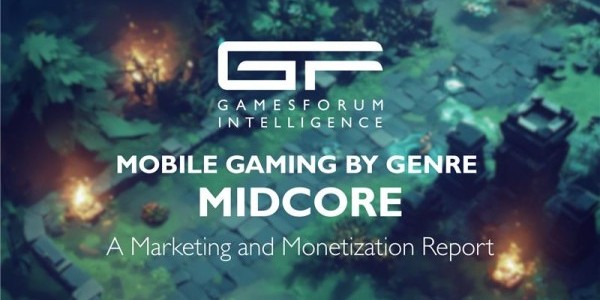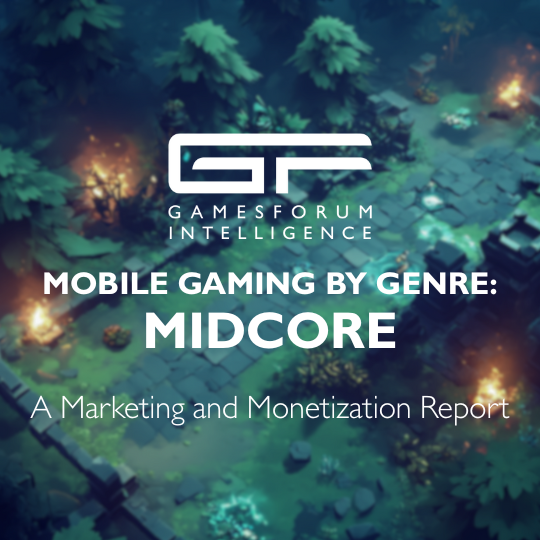Calculating True ROI is fundamental to your UA Strategy

We got a chance to catch up with Victor Savath, VP of Customer Strategy at Singular, ahead of his presentation at Gamesforum Seattle on the “3 ways to align monetization and acquisition teams”.
Gamesforum: So before we start, can you give us a quick introduction to Singular?
Victor: Sure thing! Singular is the leading marketing intelligence platform that companies like LinkedIn, King, Twitter, Lyft, Airbnb and Rovio use to make smarter decisions about their marketing. We provide mobile attribution, marketing analytics, cost aggregation, fraud prevention, and more solutions, all under one platform.
We were the first platform to collect upper-funnel campaign data across thousands of ad networks, and automatically combine it with lower-funnel attribution data to uncover the most comprehensive ROI and performance analytics out there.
Gamesforum: You mentioned a few gaming publishers, does Singular work with many in the gaming space?
Victor: Absolutely! Gaming is actually our largest customer segment. So I’m pretty lucky that I get to work with some of the biggest names in the industry... folks like Rovio, King, Supercell, Netmarble, Ubisoft, TabTale, N3twork, Nexon… and many, many more.
And these gaming publishers are typically the most sophisticated with their marketing strategies. They’re definitely leading the way... and are very data-driven, constantly testing and fine-tuning their approach.
Gamesforum: Completely agree.
So you’re going to be presenting on “3 ways to align monetization and acquisition teams”. Can you give me a quick preview of what you’re discussing?
Victor: So traditionally speaking, Ad Monetization and User Acquisition teams have operated in silos, with their own unique objectives and KPIs, but savvy gaming publishers are quickly realizing the profit-generating potential of aligning this dynamic duo.
In my session, we take a look at a few things… a) why are marketers focusing more on ad monetization b) what are the benefits of aligning ad monetization and user acquisition teams and c) how marketers are doing so today.
Gamesforum: So, why do you think more app marketers are deciding to monetize their apps via in-app ads?
Victor: It really comes down to a combination of things… there are more gamers in the world than ever before... they are increasingly on mobile. Matter of fact according to Newzoo, this year is the first time that gamers will spend more money on mobile games than console games.
So what does that mean? There’s a massive audience for advertisers to tap into. And it’s not just about the potential reach… this audience is increasingly more engaged, partially due to new engaging ad formats, like playables and rewarded video.
It’s interesting, too, because initially, it seemed that gaming publishers were skeptical of allowing ads in their games. They were concerned that the ads would compromise the players’ experience and eventually cause them to churn.
But that hasn’t been the case. So for example, let’s say you’re playing a game and you run out of lives… you have the option to purchase lives or watch a video to earn some lives. Players like having those options! And it makes them stick around for longer. It’s a win-win scenario.
Gamesforum: Interesting. So why the focus on aligning monetization teams and acquisition teams?
Victor: We’ve seen is as a growing trend is that savvy marketers are embracing cross-functional growth teams, and part of that is breaking the silos between monetization and acquisition teams. Growth is a loop, it’s not a funnel, and aligning these two teams is essential to measuring the entire growth loop, and analyzing the True ROI of your efforts.
Gamesforum: What do you mean when you say “True ROI”?
Victor: True ROI is your actual return on marketing spend. There are still many marketers today who measure and optimize towards a partial ROI, which looks like: in-app revenue/acquisition cost.
Well, there’s a major piece of the puzzle missing here if you’re monetizing with ads: ad revenue. So the actual formula for True ROI is in-app revenue + ad revenue/acquisition cost.

In the example illustrated here, the UA manager who wasn’t analyzing True ROI would’ve divested in an ad network that was bringing in ad whales, unbeknownst to them. That UA Manager would’ve made a misinformed decision, and missed out on acquiring more high-value users.
With complete visibility into True ROI, channel and campaign performance can look completely different. You can actually refocus your UA campaigns to acquire more users that generate higher ROI and revenue and spend less on ineffective campaigns.











